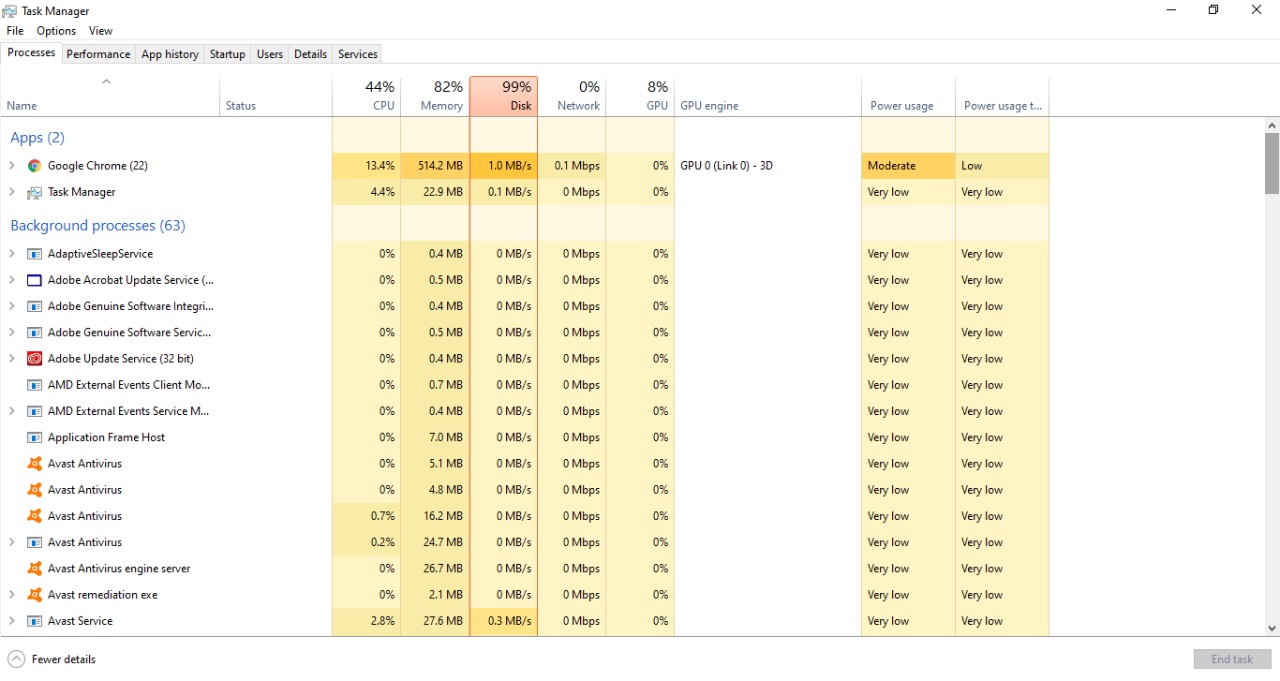


By default, the program to execute is the first item in args if args is a sequence. If args is a string, the interpretation is platform-dependent. The shell argument (which defaults to False) specifies whether to use the shell as the program to execute.If shell is True, it is recommended to pass args as a string rather than as a sequence. The executable argument specifies a replacement program to execute.When shell=False, executable replaces the program to execute specified by args. stdin, stdout and stderr specify the executed program’s standard input, standard output and standard error file handles, respectively.Valid values are PIPE, DEVNULL, an existing file descriptor (a positive integer), an existing file object, and None.

PIPE indicates that a new pipe to the child should be created. DEVNULL indicates that the special file os.devnull will be used. With the default settings of None, no redirection will occur the child’s file handles will be inherited from the parent. Additionally, stderr can be STDOUT, which indicates that the stderr data from the applications should be captured into the same file handle as for stdout.īelow example launch a process to execute the python script, and does not wait for the script to complete. P = subprocess.Popen()īelow script is addon version of the above script. It capture output and error of the called script. It also wait for launched process to finish. P = subprocess.Popen(, stdout=subprocess.PIPE, stderr=subprocess.PIPE) Finally it displays the output and error code.


 0 kommentar(er)
0 kommentar(er)
